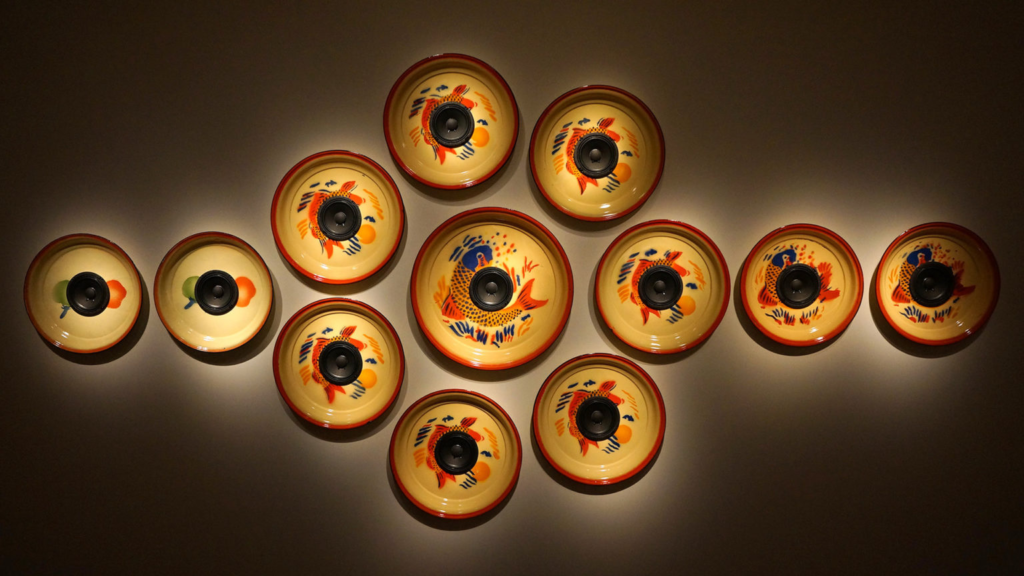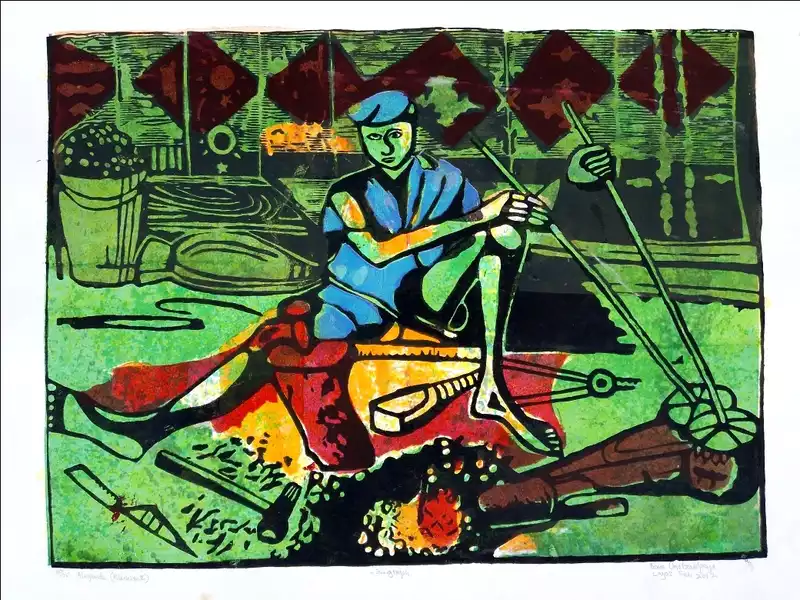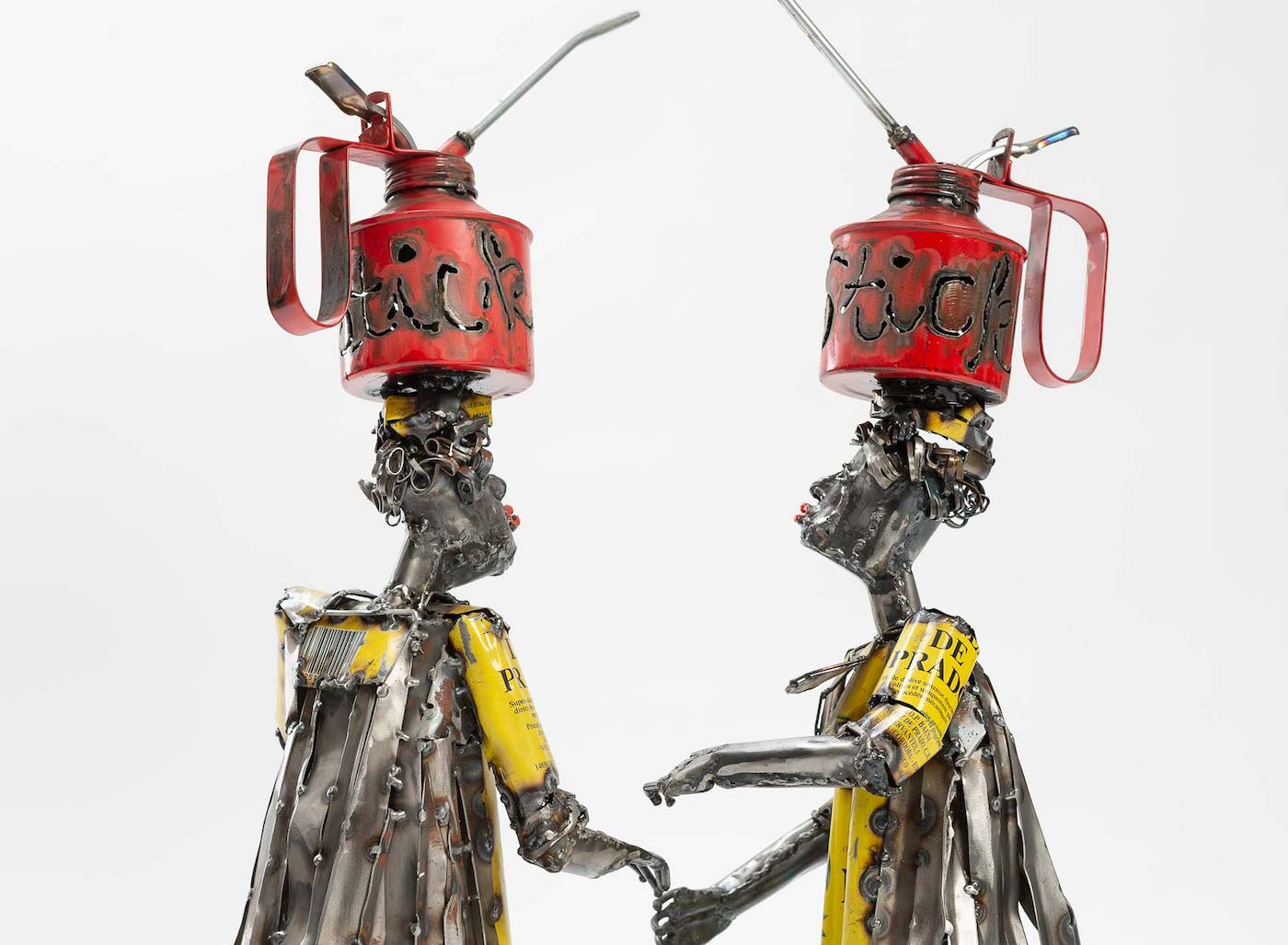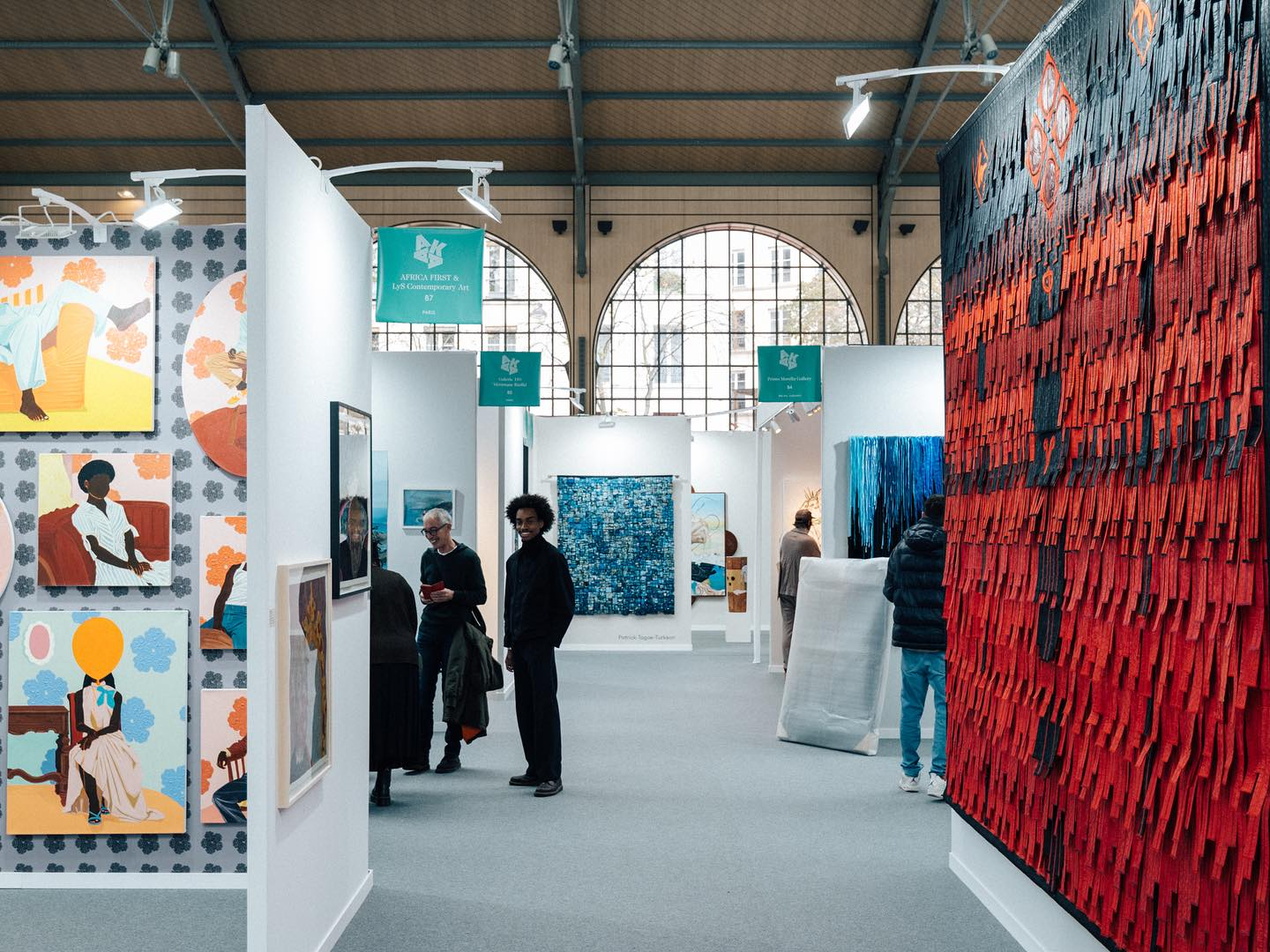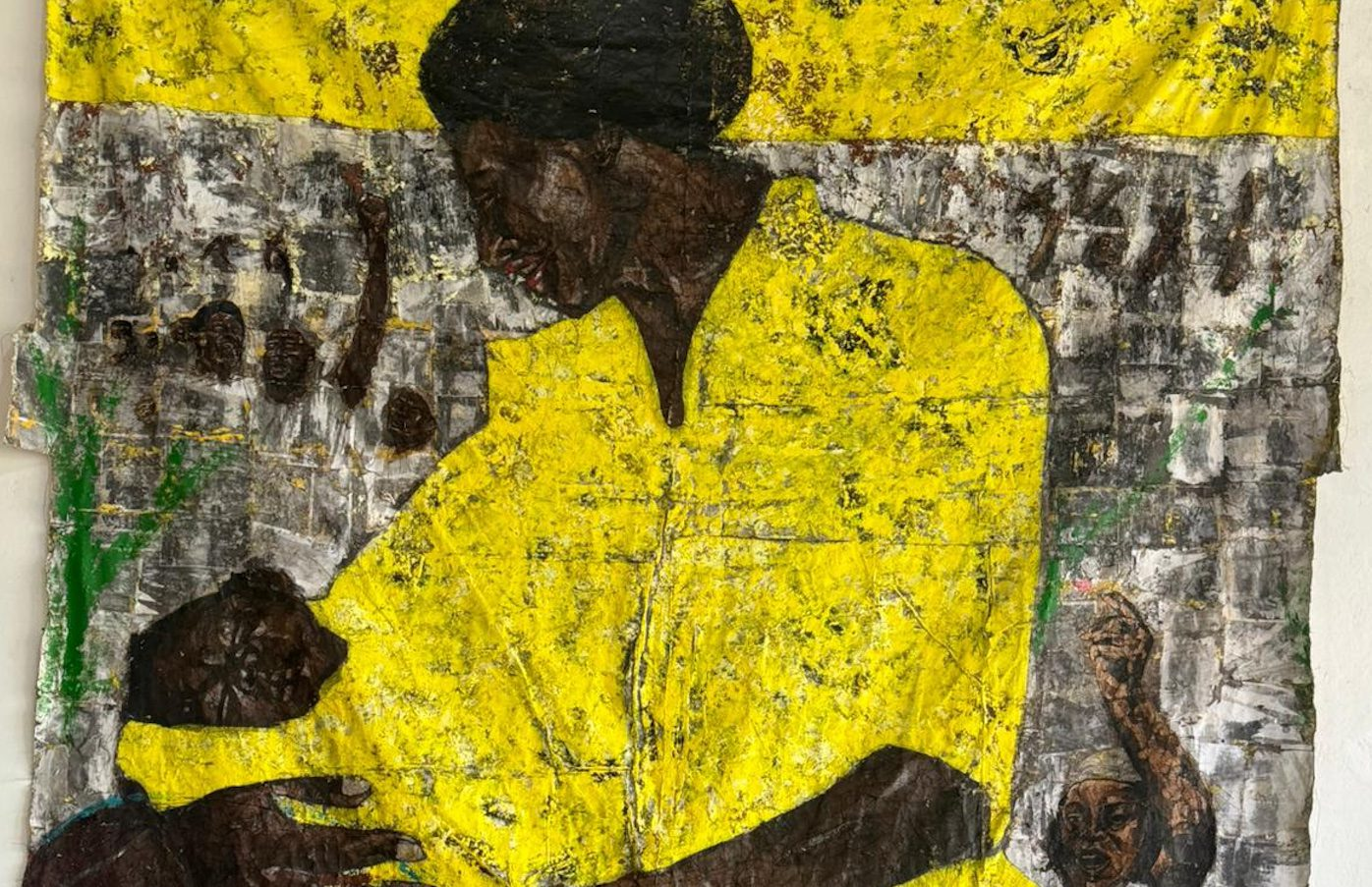With the advent of technology, contemporary art takes new forms of expression and experimentation. Sound art is a diverse art medium that directs the listener’s attention to spaces typically inaccessible to the ears. Sound can be sourced from everyday noises, musical instruments, and human voices.
Artists have been exploring the spaces around them using sound for years. In 2019, Namibian-German artist Max Siedentopf developed an art installation featuring six speakers resting on seven white platforms surrounding a solar-powered MP3 player blasting the 1982 pop hit Africa by American band Toto on an endless loop in the Namib desert of Africa. Permanently housed in Trinity Buoy Wharf in London is a listening post for Longplayer, a long piece of music by British composer Jem Finer, which is set to play for 1000 years without looping. At this year’s edition of the Venice Biennale, MADEYOULOOK, a Johannesburg-based interdisciplinary artist collaboration made up of Molemo Moiloa and Nare Mokgotho presented their newly commissioned sound installation titled Dinokana (2024). The installation runs at a 30-minute interval, with 20 minutes of sonic activity, followed by a 10-minute intermission. The immersive multi-channel installation marries sound comprising traditional songs about rain, harvest, and water divination with snippets of interviews with growers and land-workers from different generations and communities to consider the cyclical and insistent cross-generational forms of reconstitution.
Emeka Ogboh, James Webb, and Magdi Mostafa are some of the African sound artists who have been challenging the traditional notions of art, merging sounds, space, and technology in their immersive, and often site-specific, installations in over a decade.
Nigerian artist Emeka Ogboh uses sound for both its material and audible elements. Ogboh’s art practice is deeply rooted in engaging with places through a multisensory approach, encompassing sight, hearing, taste, smell, and touch. His primary medium of expression is sound, with which he seeks to explore the complexities of being. His installations projects are collages of sensory elements, aimed at exploring the translation, transformation, and encoding of private, public, and collective memories and histories into diverse sensorial experiences.
Ogboh’s work delves into the realm of sensory perception, capturing our connection to the world, shaping our understanding of reality, and providing a platform to address critical issues such as migration, globalization, and post-colonialism. In 2011 and 2012, he made a Lagos-inspired soundscape as he captured the noises specific to Lagos, from the sound of relentless honking, the whir of traffic, the squawking of street vendors, generator sounds, and the clang of construction.
Multidisciplinary artist Akosua Odeibea Amoah-Yeboah’s practice explores transformation, through digital mediums. She is interested in systems of signs, language, appropriation, memes, politics of the body, and technology. Her work revolves around creating glitch sounds by force-feeding audio software with text and images, also known as a sonic translation that recalls a tradition of making maps using sonar readings. Akosua’s works span from photomontages, video installations, musical scripts, and sounds.
Ghanaian conceptual sound artist Peter Adjaye specializes in multi-disciplinary collaborations. He uses sound as a component of how we experience space, history, community, arts, and architecture. His most recent soundscape was installed into the 2023/2024 Turbine Hall at Tate Modern in response to El Anatsui’s installation ‘Behind the Red Moon.’ His work explores new ways of showing and connecting the different disparaging spaces, some of which are not normally seen or noticed, by transforming the familiar to make space for the new.
Egyptian-born artist Magdi Mostafa’s practice focuses primarily on site-specific, research-driven installation and performance projects, multimedia installations, and experimental ‘sound-based’ works. In his exploration of the conceptual relationship between sound and space (architectural, urban, private, public, dreamed, or real space), Mostafa’s work often draws on his interests in the phenomenological experience of the individual in the city and the nostalgia of outmoded technologies. Focusing on his immediate surroundings, he makes field recordings of the sounds, both prosaic and poetic, which can be regarded as background noise. By mixing them into his work, he forces them into the foreground of the listener’s attention to create oblique physical, aura, and emotional responses with his intense, low frequencies.
In an ongoing multi-channel sound installation, South African interdisciplinary artist James Webb is collecting recordings of prayer from all the different religions in a specific city, which is then broadcast simultaneously from 12 floor-based speakers. Known for his site-specific interventions and installations, his practice often involves sound, found objects, and text, invoking references to literature, cinema, and minimalist traditions. By shifting objects, techniques, and forms beyond their original contexts and introducing them to different environments, Webb creates new spaces of tension. These spaces bind Webb’s academic background in religion, theatre, and advertising, offering poetic inquiries into the economies of belief and dynamics of communication in our contemporary world.
Iyanuoluwa Adenle is a Nigerian art writer, essayist, and poet based in Lagos. She is currently the head writer at Omenai. Adenle has contributed to a number of art publications, including Tender Photo, Art News Africa, Pavillon 54, and Omenai.

